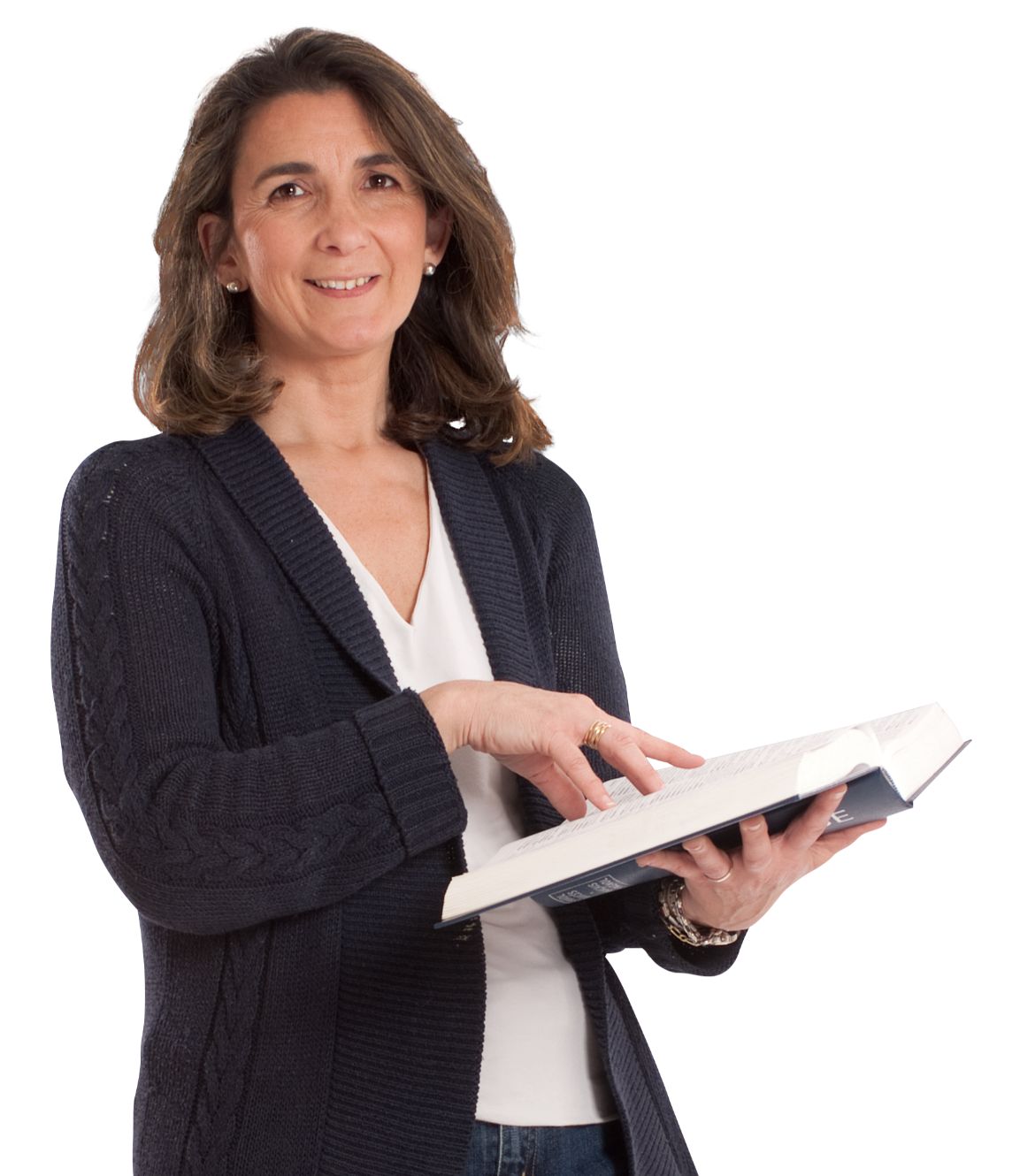What is the 11+ GL assessment?
GL assessment write and provide assessments to UK schools as well as many schools overseas. They don't just write educational assessments, they've also created assessments to monitor wellbeing and mental health in children. They're a forward-thinking company developing online assessments to keep up with the times. GL assessments use experts to assist them in creating the highest quality educational assessments, such as those from the University of York and King's College London. This article will outline how GL works in terms of the 11+ and which areas use GL assessment.
Differences between GL and CEM exam boards
Don't confuse GL assessment with CEM, as these are different exam boards and the 11+ test layout is very different. The maths, English and non-verbal reasoning content are very similar in the CEM and GL tests, but the verbal reasoning is significantly different. The verbal reasoning in GL assessment is heavily based on logic and codes with some vocabulary based questions, whereas the verbal reasoning in CEM is purely vocabulary based, without the puzzles and codes. GL assessments have one large section in each test for the four main topics but CEM has several small sections for each topic.
Which 11+ regions use GL Assessment?
.jpg)
The following are the regions who currently use GL assessment. These are subject to change each year. Please note that for any London based schools, you need to check each school's website to see which exam board they follow.
- Dorset
- Kent
- Lancashire
- Berkshire - Reading Girls' School only
- Cumbria
- Some Devon Schools - Check individual School websites for more information
- Some Greater Manchester Schools - Check individual School websites for more information
- Some Hertfordshire Schools - Check individual School websites for more information
- Lincolnshire
- Some London Barnet Schools
- London - Bromley Schools
- London - Kingston Upon Thames
- London - Redbridge
- Wiltshire
- Yorkshire
What makes up the GL exam?
Most GL exams are made up of 4 main sections: English, maths, non-verbal reasoning (which can include spatial reasoning) and verbal reasoning. Most commonly, there are two 45 minute papers which are made up of two sections in each paper. It is highly likely that if your child is sitting a GL exam, it will be in a multiple choice format. This means around 20 minutes will be spent on each of the main sections overall, with each section making up 25% of your child's total score. For example, in Buckinghamshire, one paper is made up of English and verbal reasoning, whilst the other paper is made up of maths and non-verbal reasoning. Some regions may ask your child to complete an additional writing paper, which could be taken into account by some schools. Please check individual school websites to see if this is the case.
Here is an outline of the content that could be covered in each section:
Maths
Many word problems and some arithmetic questions based on the content of year 5 and year 6 maths. This means your child will have to learn content beyond the year group that they are currently in, as the 11+ is at the start of year 6 and they'll be tested on topics that may not be covered at school until the end of year 6. Don't worry as EdPlace has all of these topics online.
English
This will contain a comprehension with multiple choice questions testing the child's understanding of the test, identification of literary techniques (simile, metaphor, personification etc.) and certain word classes (verb, noun, adjective etc.). It will also contain a section in which your child will have to identify spelling and punctuation mistakes as well as a section in which the child has to identify the correct word to complete a sentence.
Verbal Reasoning
This will involve a range of question types which are covered on EdPlace. Your child will need a broad vocabulary and good logic for these questions.
Spatial and Non-Verbal Reasoning
This will involve a selection from a range of question types available on EdPlace. These questions involve images and look like your traditional IQ type questions. If your child has ever sat CAT tests, they will recognise these questions.
The GL website has familiarisation papers to help you understand the layout of the exam.
Your child will also receive a familiarisation booklet in the summer before the 11+ exam so that they can get used to the GL layout for their area.
GL assessment provides each student with an 'age-standardised score'. This makes the 11+ fair for all and adjusts the scores of younger students in the year so that they aren't at a disadvantage.
Where can I practice GL assessment style questions?
If your child is sitting the 11+ GL assessment, EdPlace is here to help! Coming summer 2019, EdPlace are launching visionary, new resources which will transform 11+ preparation for your child.
- Our holistic approach revolutionises the 11+ by discreetly progressing your child to remove pressures, helping them enjoy learning and feel confident.
- Get ahead with engaging non-verbal and verbal reasoning activities and practice papers for ages 8-11 tailored to CEM or GL exam boards.
- Visionary new 11+ specific English and Maths practice.
- Track and measure your child's exam readiness and build their confidence so they're more than ready to show their skills come test day!
We're here to help your child smash whatever comes their way! From KS1-KS4, our students progress 150% across English, maths and science over a school year; from ABCs - GCSEs, EdPlace is here for the 11+, and beyond!



.png)






